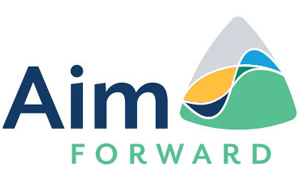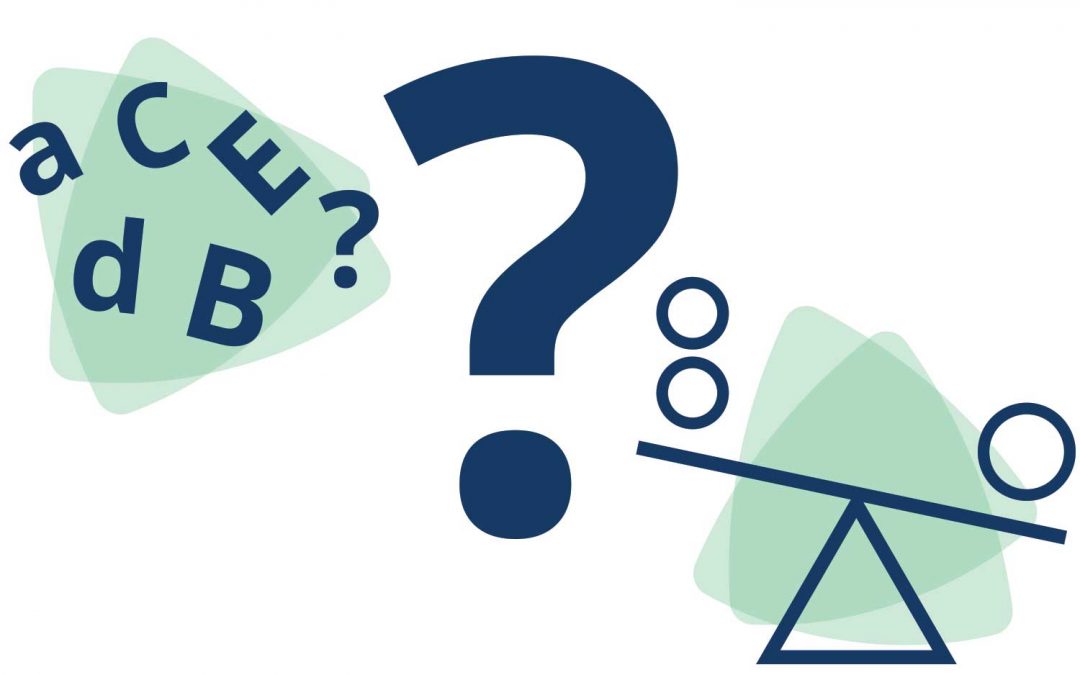Dyslexia vs. Dyspraxia
Dyslexia and dyspraxia are specific learning difficulties (SpLDs) that can affect people in various areas of their lives, including their education and daily activities. These conditions share some similarities, but are distinct and impact how you function. In this blog post, we will explore dyslexia vs. dyspraxia. We highlight the differences, and how Aim Forward can provide valuable insights and support.
Dyslexia: understanding the basics
Definition: Dyslexia is a specific learning difficulty recognised through difficulties with reading, spelling, and writing, despite having average or above-average intelligence. It mostly affects language-related skills.
Common signs of dyslexia
- Difficulty with phonological awareness (recognising and manipulating sounds in words).
- Struggle with decoding words (reading accurately) and reading fluently.
- Challenges in spelling and writing, represented by frequent spelling errors.
- Difficulty with word retrieval and memory for names and information.
- Good oral language skills, such as vocabulary and comprehension.
Dyspraxia: understanding the basics
Definition: Dyspraxia, also known as Developmental Coordination Disorder (DCD), is a specific learning difficulty characterised by difficulties with motor coordination, planning, and completing movements. It mostly affects physical skills.
Common signs of dyspraxia
- Challenges with fine motor skills, like handwriting, drawing, and using utensils.
- Difficulty with gross motor skills, including balance, coordination, and taking part in sports.
- Problems with organisation, sequencing, and time management.
- Sensory sensitivities and difficulties with sensory processing.
- Speech and language difficulties, including pronunciation and articulation issues.
Key differences between dyslexia and dyspraxia
The main area of impact:
- Dyslexia: Mainly affects language-based skills, such as reading, spelling, and writing.
- Dyspraxia: Mainly affects physical skills and coordination, including fine and gross motor skills.
Language vs. motor skills:
- Dyslexia: Language-based difficulties with phonological awareness, decoding words, and spelling.
- Dyspraxia: Motor coordination difficulties, including fine and gross motor skills, organisation, and sensory processing.
Common academic challenges:
- Dyslexia: Difficulty with reading comprehension, written expression, and academic tasks involving reading and writing.
- Dyspraxia: Challenges with handwriting, note-taking, physical education, and tasks requiring fine or gross motor skills.
Overlap with other conditions:
- Dyslexia: Can co-occur with conditions like dysgraphia (writing difficulties) or ADHD.
- Dyspraxia: Can co-occur with conditions such as ADHD or sensory processing disorder.
Typical interventions:
- Dyslexia: Interventions often involve specialised reading programs, phonics instruction, and accommodations for reading and writing tasks.
- Dyspraxia: Interventions may include occupational therapy, physical therapy, sensory integration therapy, and strategies for improving motor skills and organisation.
Aim Forward: supporting individuals with dyslexia vs. dyspraxia
Aim Forward is dedicated to providing comprehensive assessments and support for people with various specific learning difficulties, including dyslexia and dyspraxia. It could be understanding the unique challenges of dyslexia or addressing the motor coordination difficulties associated with dyspraxia. We can offer accurate assessments, tailored support plans, and help make it easier to access specialised services.
Recognising the differences between dyslexia and dyspraxia is important for accurate diagnosis and identifying the right support. Both conditions can be managed effectively with the right interventions and strategies for each person. This means everyone can achieve their full potential in education and daily life. Embracing neurodiversity and providing support tailored to individual needs is why we created Aim Forward.

